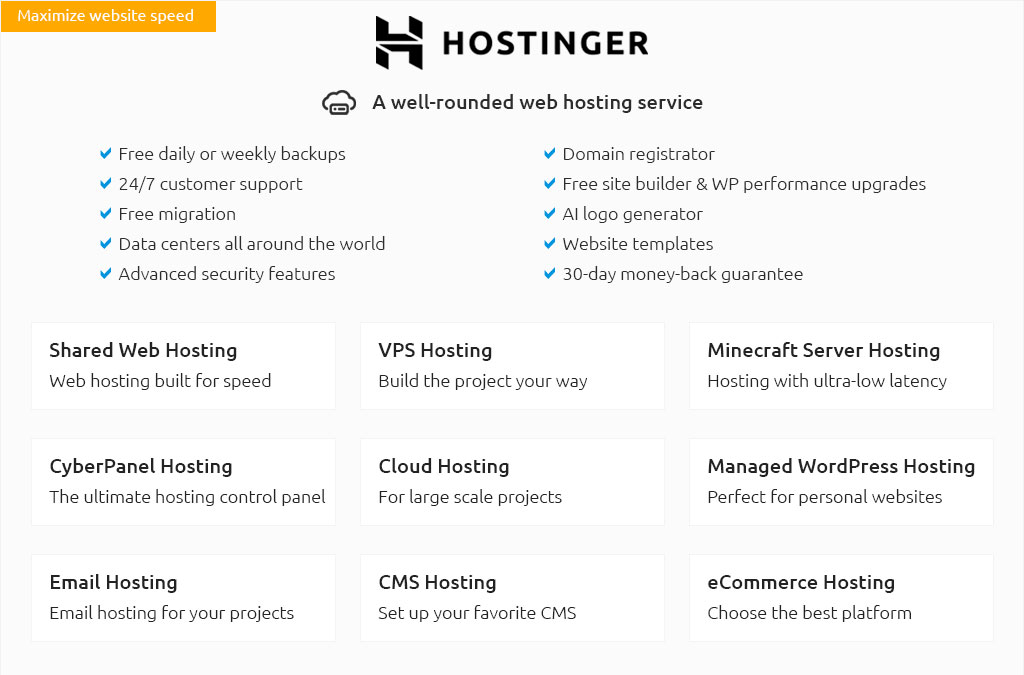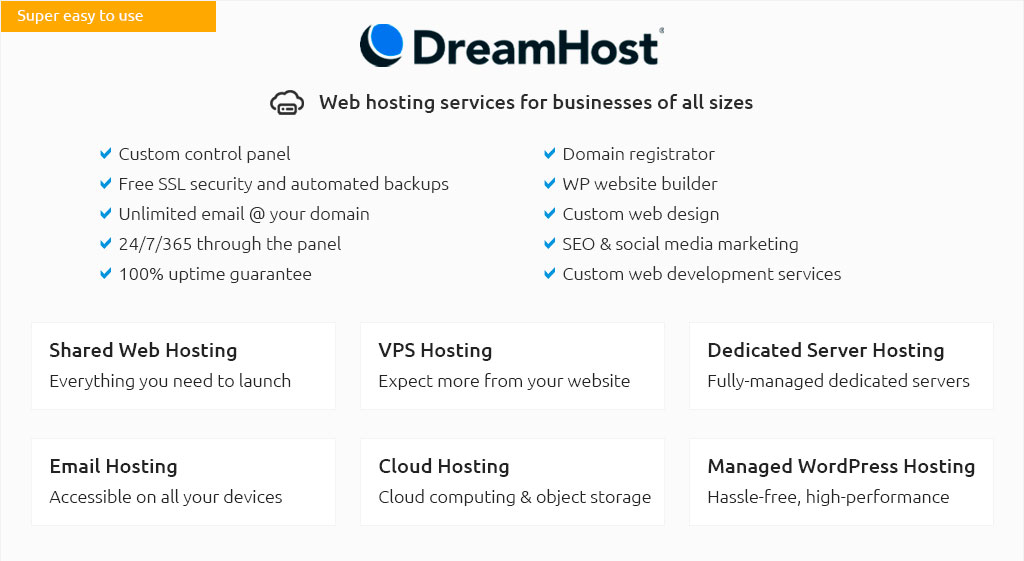 |
|||
 |
 |
 |
|
 |
|
 |
 |
 |
|||
 |
|||
 |
|||
 |
|||
 |
|||
 |
|||
 |
 |
Shared Linux Hosting: An In-Depth Exploration for BeginnersWhat is Shared Linux Hosting?Shared Linux hosting is a popular web hosting solution where multiple websites reside on a single server, sharing its resources like CPU, RAM, and disk space. This type of hosting is often chosen for its affordability and ease of use. Benefits of Shared Linux Hosting
How Does Shared Hosting Compare to Other Hosting Types?Shared hosting differs significantly from reseller hosting argentina and VPS hosting in terms of resource allocation and control. While it's more affordable, it offers less control and fewer resources. Shared vs. VPS HostingVPS hosting offers dedicated resources and more control but at a higher cost, making shared hosting a better choice for beginners. Shared vs. Reseller HostingReseller hosting allows users to sell hosting services to others, which is different from the personal or small business focus of shared hosting. Choosing the Right Shared Linux Hosting ProviderWhen selecting a hosting provider, consider factors such as uptime guarantees, customer support, and additional features like free SSL certificates and domain registration. For those unsure of where to begin, resources like what is the best domain host can provide valuable insights. FAQ
https://shop.whois.com/web-hosting/index.php
Install 300 popular applications like WordPress, Joomla & Drupal with a single click. Free SSL certificate. Our Linux Shared web hosting packages come with FREE ... https://www.whogohost.com/host/store/linux-hosting
Categories - Actions - Choose Currency - Premium (8GB) Linux Shared Hosting - Pro (15GB) Linux Shared Hosting - Deluxe (30GB) Linux Shared Hosting - Supreme (120GB) ... https://www.tmdhosting.com/shared-hosting.html
Shared Hosting with unlimited space & traffic on all-SSD Servers. We guarantee up to 20X faster performance for your website. Now for as low as $2.99/mo.
|